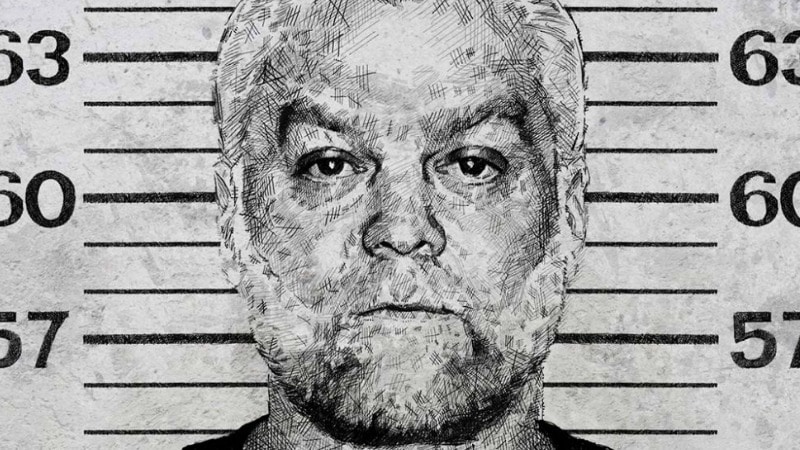
Steven Avery, the man in focus in Netflix’s hit docu-series Making A Murderer, is back in the follow-up season.
This morning, Netflix revealed that Making A Murderer Part 2 will premiere on the online streaming network on October 19.
The second season, which has been in production since the first season concluded in 2015, will begin right where the first season ended.
Filmmakers Laura Ricciardi and Moira Demos have continued to follow Steven Avery and his nephew Brendan Dassey’s battles in the legal system, trying to shine a light on whether the pair got fair trials based on all the evidence that has since come forward.
The docu-series highlighted some issues during the investigation, including how investigators got their admission of guilt from Dassey, a young man struggling with a learning disability.
Part two will specifically focus on the post-conviction process, focusing on how the guilty verdicts and life sentences of the two men have affected their families.
Kathleen Zellner, Avery’s post-conviction lawyer, is determined to prove that he was wrongly convicted of the 2005 murder of Teresa Halbach. Teresa’s murder, along with Avery’s troubled past, was the focus of the first season.
Zellner, who has experience working with clients who have been wrongfully convicted, is famously known for getting Ryan Ferguson out of prison after he was convicted of first-degree murder in the death of Columbia Daily Tribune sports editor Kent Heitholt on Nov. 1, 2001.
Last year, he was granted $10 million in damages after spending almost a decade behind bars for a crime he didn’t commit.
Some Making a Murderer viewers question whether Avery is truly innocent, because of his troubled past. In January 1985, Avery ran his cousin’s car off to the side of the road. After she pulled over, Avery pointed a gun at her for spreading rumors about him masturbating on a front lawn. He was sentenced to six years.
Before the guilty verdict and sentence for the death of Halbach, Steve had been sentenced to 18 years for a sexual assault in June 1985 but was later exonerated by DNA evidence in 2003.
Two years later, Avery brought a $36million lawsuit against Manitowoc County, Wis., for the wrongful conviction. Throughout Making A Murderer, the filmmakers call into question the possible connections with this wrongful conviction and his later charge of murder, hinting that investigators and police could have planted evidence to get Avery behind bars.
.@MakingAMurderer Part 2 premieres October 19 pic.twitter.com/dL1Ob8eD5E
— Netflix (@netflix) September 25, 2018
After Making A Murderer aired on Netflix, Brendan Dassey found himself close to freedom. In August 2016, United States magistrate judge William E. Duffin ruled that Dassey’s confession was obtained using improper methods.
The confession was featured in Making A Murderer and viewers were shocked to see it play out, with some signing a petition to investigate the police officers involved with the interrogation.
In November of that same year, a U.S. appeals court in Chicago agreed to reconsider the decision of Judge Duffin.
The state eventually fought the ruling and won. Brendan Dassey remains in custody. This is something that will surely be featured during the second season of Making A Murderer.
“Unfortunately, Brendan isn’t alone. Over the past 20 years, extensive empirical and psychological research has shown that children under 18 are between three and four times more likely to falsely confess than adults — and yet the criminal justice system fails many of them. It’s up to the courts to put an end to this,” Dassey’s post-conviction lawyer Laura Nirider has revealed in regards to the overturned decision.
Both Brendan Dassey and Steven Avery say they are innocent.
Making A Murderer Part 2 premieres October 19 on Netflix.